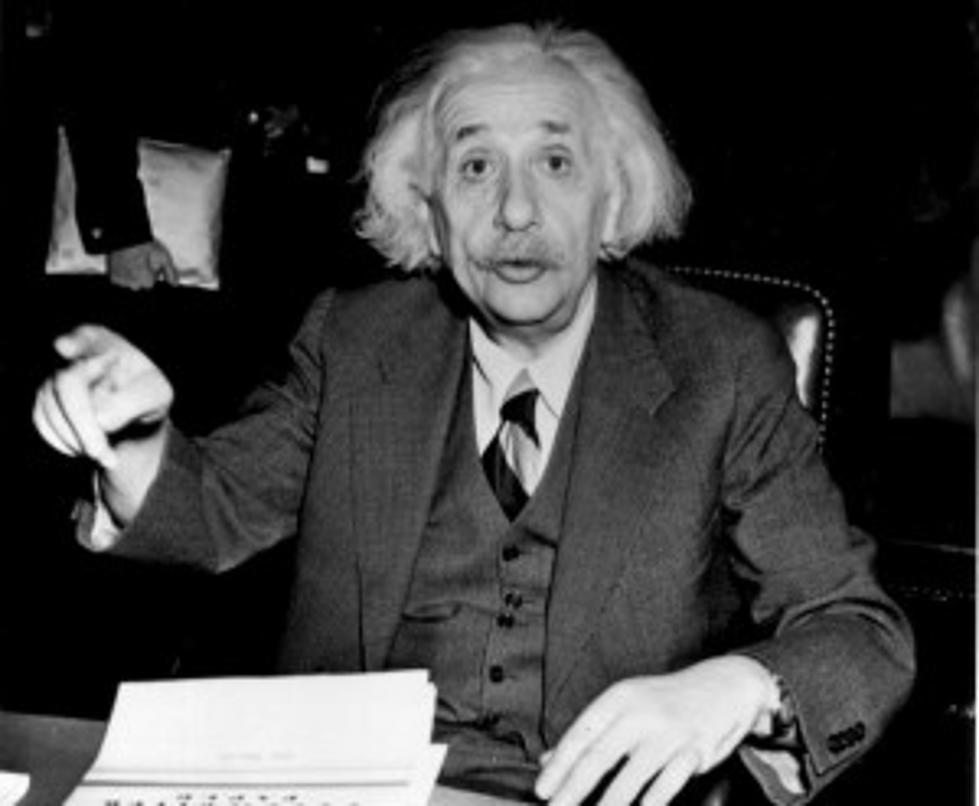
Albert Einstein’s Brain Featured In A New App For The iPad
Chicago, IL (WIBX) - His is one of the most famous brains in history and, prior to his death in 1955, Albert Einstein requested that his brain be made available for scientific research.
A pathologist from Princeton Hospital, Thomas Harvey, performed the autopsy of the brain, carefully slicing it up in about two hundred pieces.
Some of those pieces are now visible in more than 350 slides which can now be viewed in a new application exclusively available for the iPad.
The National Museum of Health and Medicine in Silver Spring, Maryland announced that its Chicago office has digitized the slides so anyone who is curious can get a look. The application has a serious side too. The National Museum of Health and Medicine is, after all, a Department of Defense museum. Einstein's brain has, for obvious reasons, been the topic of much research over the years.
Although some have suggested that the overall size of Einstein's brain was slightly smaller than the average brain, the parietal lobe is said to be fifteen percent wider. The slides represent only a fraction of the great man's brain, and it is not possible, at this point in time at least, to tell from what sections of the brain the slides came as there was no medical resonance imaging available to Thomas Harvey when the brain was originally prepared.
The application is aptly named the "Harvey Collection App."
More From WIBX 950









